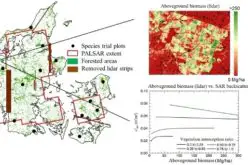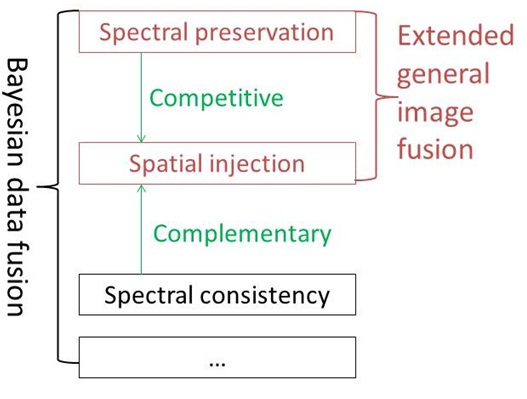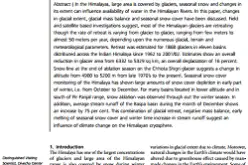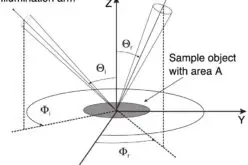A New Look at Image Fusion Methods from a Bayesian Perspective
– Hankui K. Zhang and Bo Huang
Abstract: Component substitution (CS) and multi-resolution analysis (MRA) are the two basic categories in the extended general image fusion (EGIF) framework for fusing panchromatic (Pan) and multispectral (MS) images. Despite of the method diversity, there are some unaddressed questions and contradictory conclusions about fusion.
For example, is the spatial enhancement of CS methods better than MRA methods? Is spatial enhancement and spectral preservation competitive? How to achieve spectral consistency defined by Wald et al. in 1997? In their definition any synthetic image should be as identical as possible to the original image once degraded to its original resolution. To answer these questions, this research first finds out that all the CS and MRA methods can be derived from the Bayesian fusion method by adjusting a weight parameter to balance contributions from the spatial injection and spectral preservation models. The spectral preservation model assumes a Gaussian distribution of the desired high-resolution MS images, with the up-sampled low-resolution MS images comprising the mean value. The spatial injection model assumes a linear correlation between Pan and MS images. Thus the spatial enhancement depends on the weight parameter but is irrelevant of which category (i.e., MRA or CS) the method belongs to. This paper then adds a spectral consistency model in the Bayesian fusion framework to guarantee Wald’s spectral consistency with regard to arbitrary sensor point spread function. Although the spectral preservation in the EGIF methods is competitive to spatial enhancement, the Wald’s spectral consistency property is complementary with spatial enhancement. We conducted experiments on satellite images acquired by the QuickBird and WorldView-2 satellites to confirm our analysis, and found that the performance of the traditional EGIF methods improved significantly after adding the spectral consistency model.
Keywords: pansharpening; Bayesian data fusion; quality tradeoff; point spread function; spectral consistency
Download Full Paper in PDF
About Author
Related Articles

High-Precision Land-Cover-Land-Use GIS Mapping and Land Availability and Suitability Analysis for Grass Biomass Production in the Aroostook River Valley, Maine, USA
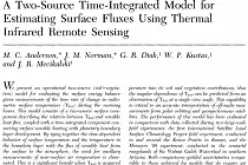
A Two-Source Time-Integrated Model for Estimating Surface Fluxes Using Thermal Infrared Remote Sensing
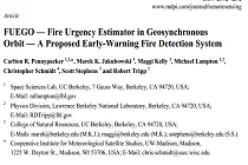
FUEGO — Fire Urgency Estimator in Geosynchronous Orbit — A Proposed Early-Warning Fire Detection System by Carlton R. Pennypacker et. al.
